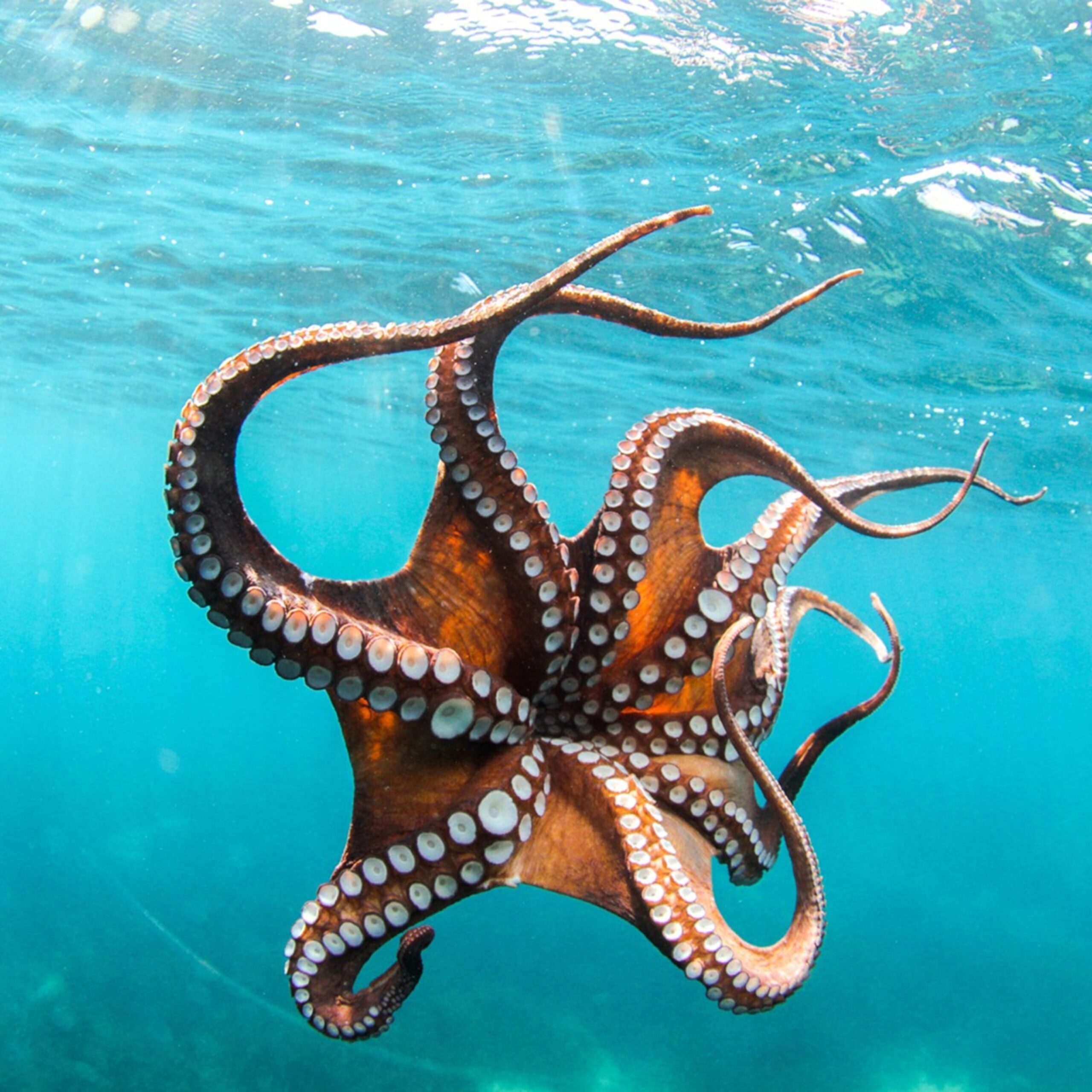Underwater Puppetry: The Unique Abilities of the Mimic Octopus
The ocean, with its mysterious depths and hidden wonders, never fails to captivate the human imagination. Beneath the surface, a world of extraordinary creatures exists, each with its own set of remarkable abilities. One such marvel is the Mimic Octopus, a master of disguise and underwater puppetry. In this article, we’ll delve into the unique features of this incredible cephalopod, exploring its mimicry skills, behavior, and the fascinating ways it navigates its underwater habitat.
Mimicry Mastery: Adapting to the Environment
The Mimic Octopus, scientifically known as Thaumoctopus mimicus, hails from the warm waters of the Indo-Pacific region. What sets this creature apart is its unparalleled ability to mimic the physical appearance and behaviors of various marine species. Its repertoire of impersonations includes lionfish, flatfish, sea snakes, and even jellyfish. This remarkable mimicry serves as a powerful defense mechanism, allowing the octopus to evade predators and ambush prey effectively.
Intriguingly, the Mimic Octopus doesn’t merely imitate the appearance of other creatures but goes a step further by replicating their movements and behaviors. This level of mimicry goes beyond camouflage, showcasing the octopus’s advanced cognitive abilities and adaptability in the ever-changing underwater landscape.
Behavioral Flexibility: A Chameleon of the Sea
The Mimic Octopus’s behavioral flexibility is nothing short of astonishing. It can seamlessly transition between different mimicry displays depending on the situation it encounters. When confronted by a potential threat, it might mimic the venomous spines of a lionfish, deterring predators through intimidation. Conversely, when hunting for prey, it might adopt the appearance of a harmless flatfish, luring unsuspecting fish into striking distance.
This ability to modify its behavior on the fly demonstrates the Mimic Octopus’s complex thought processes and problem-solving skills. It is a true chameleon of the sea, capable of adapting to various challenges and environments with ease.
Navigating the Depths: Mastering Underwater Terrain
Beyond its mimicry prowess, the Mimic Octopus exhibits exceptional navigational skills. Despite its soft and boneless body, it maneuvers through the underwater terrain with grace and precision. Equipped with eight flexible arms and a highly developed nervous system, the octopus can navigate tight spaces, explore intricate coral reefs, and even escape from potential threats with remarkable agility.
The Mimic Octopus’s keen intelligence is evident in its ability to assess its surroundings and choose the most effective mimicry strategy for a given situation. Whether gliding through open water or crawling along the ocean floor, this cephalopod is a true master of underwater puppetry.
Conservation Considerations: Protecting a Marvel of the Sea
While the Mimic Octopus is a testament to the wonders of marine life, it also faces threats from various human-induced pressures, including habitat destruction, pollution, and overfishing. Conservation efforts are crucial to ensuring the continued existence of this fascinating species and preserving the biodiversity of our oceans.
Marine conservation initiatives, such as the establishment of marine protected areas and sustainable fishing practices, play a vital role in safeguarding the habitats that the Mimic Octopus calls home. By raising awareness about these incredible creatures and their importance in maintaining ecological balance, we can contribute to the ongoing efforts to protect our oceans and their diverse inhabitants.
Frequently Asked Questions (FAQs)
1. How does the Mimic Octopus change its appearance?
The Mimic Octopus has specialized cells in its skin called chromatophores, which contain pigments that can be expanded or contracted to create a variety of colors and patterns. Additionally, the octopus can alter the texture of its skin to mimic the appearance of different underwater creatures.
2. Is the Mimic Octopus dangerous to humans?
No, the Mimic Octopus is not considered dangerous to humans. It primarily uses its mimicry skills for defense against predators and hunting prey. While its appearance may be intimidating when mimicking venomous species, the octopus is generally not harmful to humans.
3. How can individuals contribute to the conservation of the Mimic Octopus?
Individuals can contribute to the conservation of the Mimic Octopus and marine ecosystems by supporting and participating in sustainable practices, such as responsible tourism, reducing single-use plastic consumption, and advocating for the establishment of marine protected areas. By promoting awareness and understanding, we can collectively work towards the preservation of these incredible creatures and their habitats.

